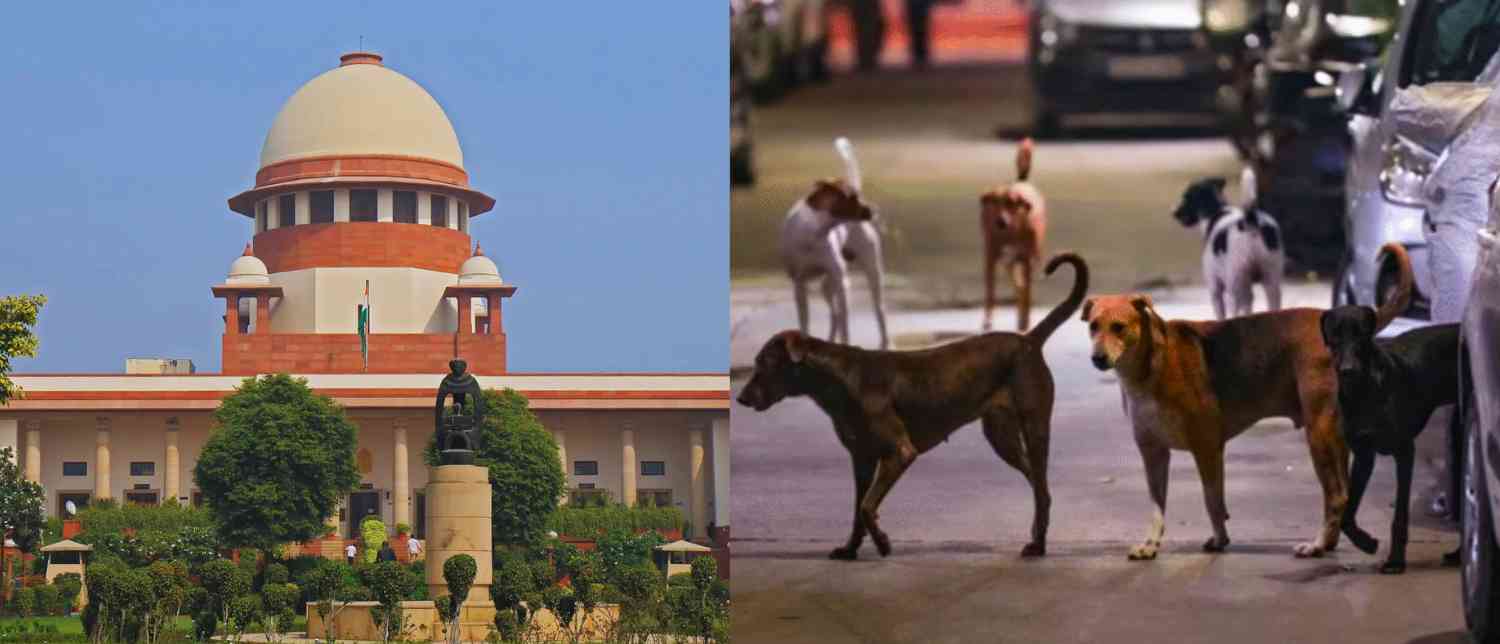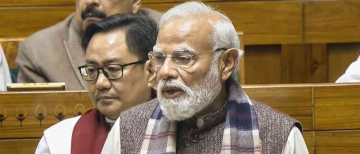The Supreme Court has recently modified its earlier order regarding the removal of stray dogs in Delhi-NCR. The court ruled that all stray dogs picked up must be released back into their original areas after they have been properly immunized and sterilized. However, exceptions have been made for dogs that show aggressive behavior or are infected with rabies; these dogs will not be released for public safety reasons. This modification reflects the court’s effort to find a balanced solution that protects both the community and the welfare of the animals, ensuring that sterilization and vaccination programs continue while addressing safety concerns effectively.
The Supreme Court of India is set to deliver a significant verdict on a petition challenging its earlier order for the removal of stray dogs from the streets of Delhi and the National Capital Region (NCR). This case has attracted intense public and media attention over the past weeks, highlighting an ongoing conflict between public safety and animal welfare.
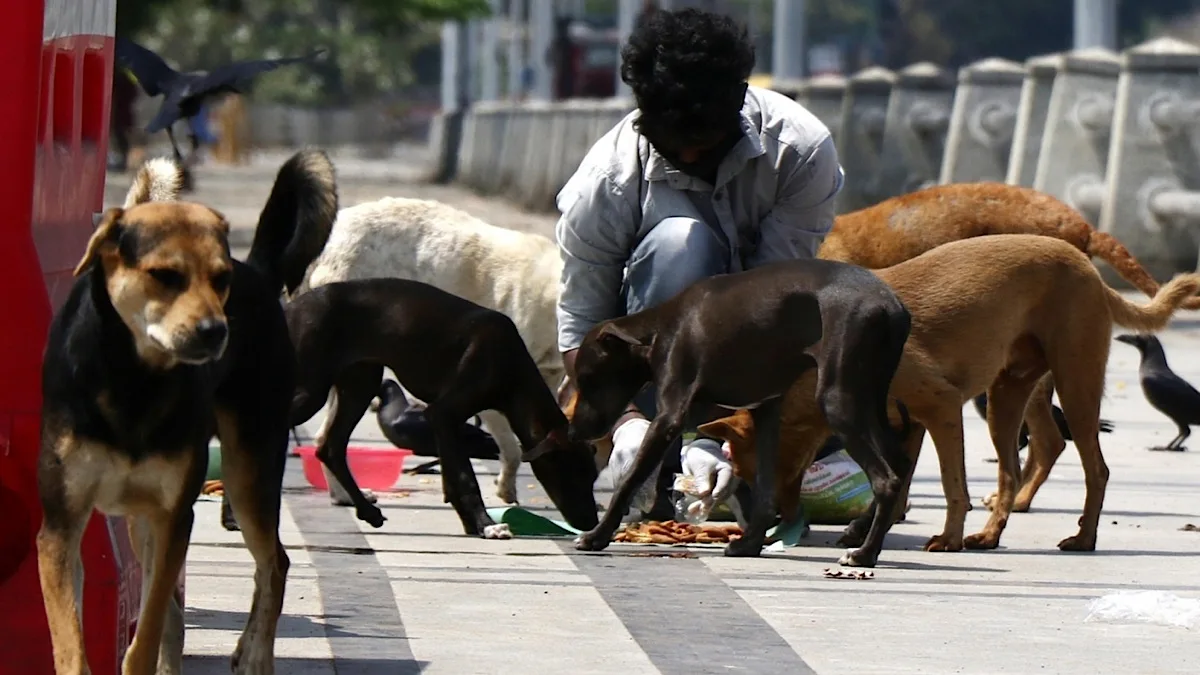
The issue began when a two-judge bench of the Supreme Court, on August 11, 2025, ordered municipal authorities in Delhi to start rounding up stray dogs from all areas within eight weeks. This order prioritized localities vulnerable to dog attacks and mandated that the captured dogs be housed permanently in shelters rather than being released back into the streets. The court directed sterilization, immunization, and de-worming of these canines and required shelters to have adequate staff, food, medical care, and CCTV coverage. In addition, a helpline was to be created for reporting dog bites, with offending dogs to be captured within four hours of a complaint. The directive also stated that any obstruction by animal rights activists to this process would be treated as contempt of court. The move was a response to over 25,000 reported dog bite cases in Delhi in 2024 and more than 3,000 cases just in January 2025, highlighting a serious public health concern, including fatal instances such as a 6-year-old girl’s death from rabies caused by stray dog bites.
The court's order, however, conflicted with the Animal Birth Control (ABC) Act, which mandates capturing stray dogs for sterilization and vaccination but requires that they be released back into their original locations to maintain ecological balance and humane treatment. Animal welfare groups and activists opposed the Supreme Court’s directive, arguing that the NCR lacks sufficient infrastructure to build adequate shelters for the estimated one million stray dogs living there. They warn that forced relocation could lead to suffering and neglect in overcrowded and poorly maintained shelters. Many activists insist that the sterilization and vaccination program with the release of dogs back into the streets remains the only practical, humane, and lawful solution.
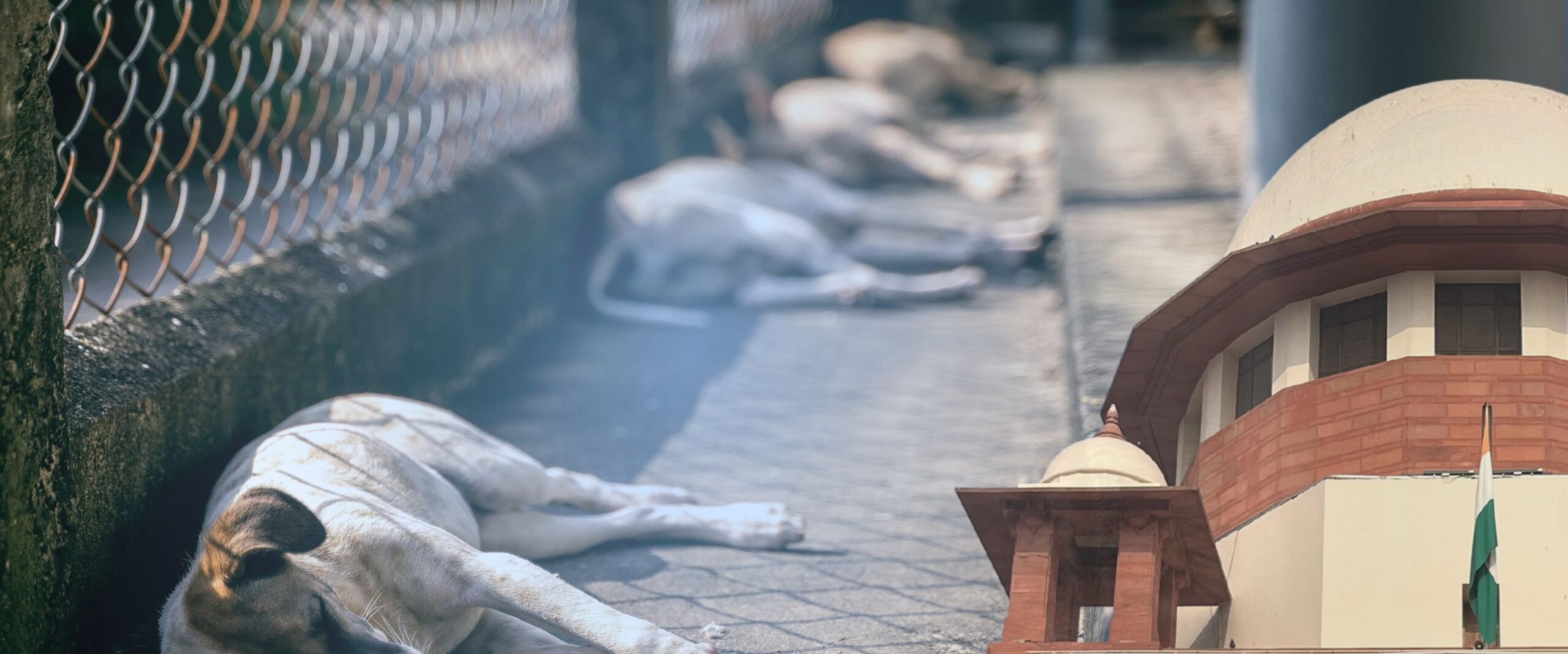
In response to the backlash, the Supreme Court recently modified its August 11 order, stating that after sterilization and immunization, stray dogs would be released back to the areas they were captured from. The court also instructed the creation of designated feeding zones instead of allowing feeding on the streets, aiming to balance public safety with animal care. It further called upon all states and union territories to submit suggestions for a national policy to address stray dog management comprehensively.
The Supreme Court’s three-judge bench, comprising Justices Vikram Nath, Sandeep Mehta, and NV Anjaria, reserved its final verdict on August 14. This verdict is eagerly awaited, as it will determine how Delhi-NCR officials proceed with addressing the public health risks posed by stray dogs while considering animal welfare and activism concerns. The court’s involvement in this issue reflects the complexity of managing urban animal populations in India’s capital region and underscores the challenge of balancing human rights, public health, and the humane treatment of animals.
From a broader perspective, this case highlights a difficult dilemma faced by many urban areas worldwide: how to manage stray animal populations to ensure safety without compromising ethical treatment of animals. The directive stirred a lot of emotions, with many people showing compassion for the dogs and opposing displacement, while others emphasize the safety concerns of residents, especially children. The court’s upcoming ruling will likely have far-reaching implications not only for Delhi but also nationally, potentially shaping policies for managing stray animals across India.
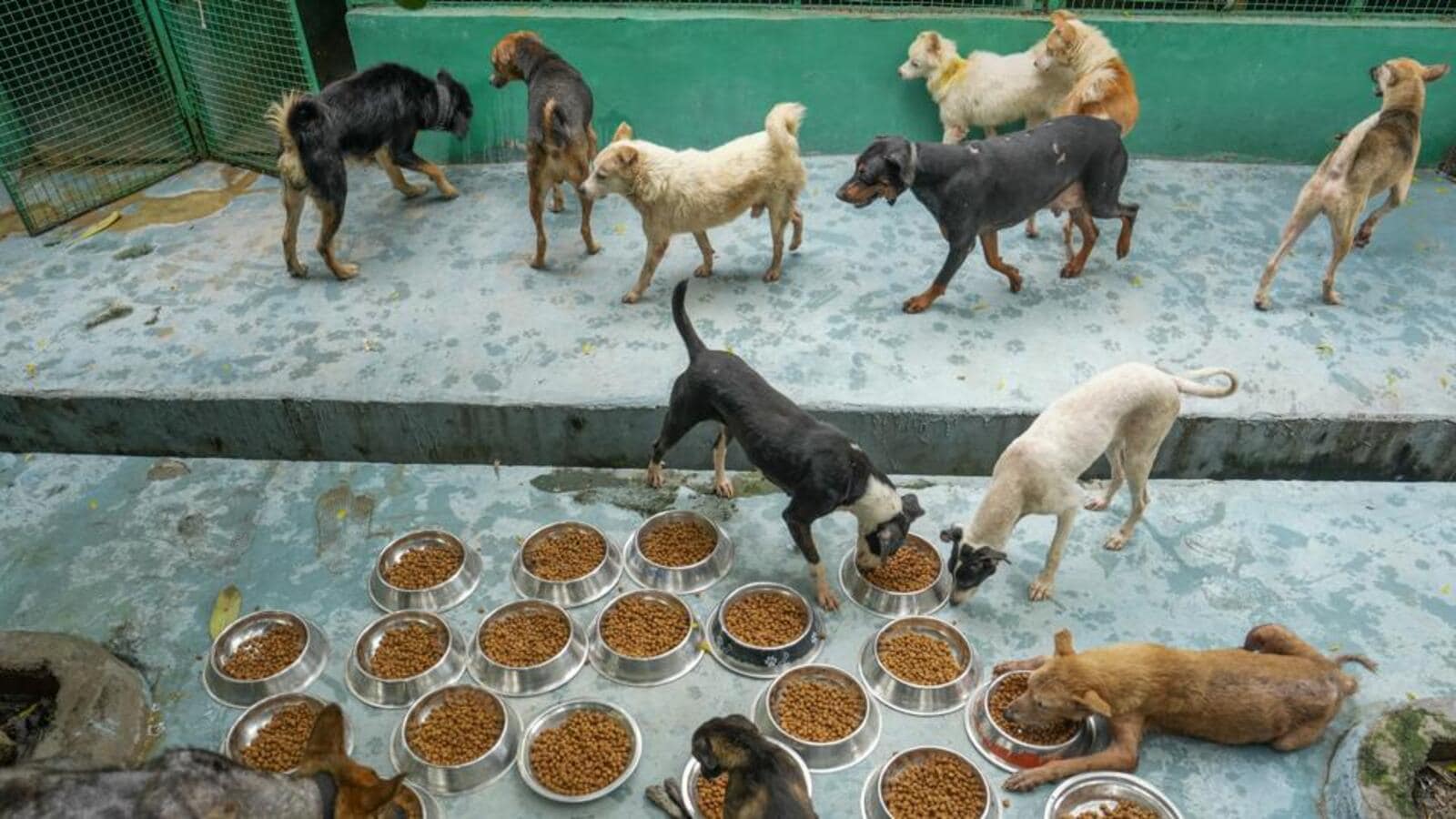
In conclusion, the Supreme Court’s decision attempts to address citizens’ fundamental rights to safety and health while balancing animal welfare. The situation underscores the urgent need for efficient infrastructure, better animal control strategies, and national-level policies that incorporate public safety and the humane treatment of stray animals. The final verdict will be critical in setting a precedent on how cities in India can coexist peacefully with their street dog populations in the future.
With inputs from agencies
Image Source: Multiple agencies
© Copyright 2025. All Rights Reserved. Powered by Vygr Media.

